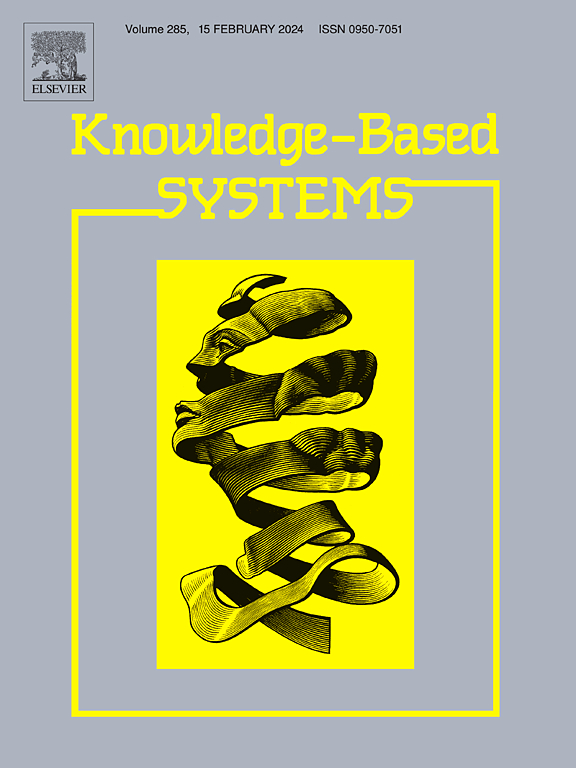Multi-source partial domain adaptation with Gaussian-based dual-level weighting for PPG-based heart rate estimation
IF 7.6
1区 计算机科学
Q1 COMPUTER SCIENCE, ARTIFICIAL INTELLIGENCE
引用次数: 0
Abstract
Photoplethysmography (PPG) signals from wearable devices have expanded the accessibility of heart rate estimation. Recent advances in deep learning have significantly improved the generalizability of heart rate estimation from PPG signals. However, these models exhibit performance degradation when used for new subjects with different PPG distributions. Although previous studies have attempted subject-specific training and fine-tuning techniques, they require labeled data for each new subject, limiting their practicality. In response, we explore the application of domain adaptation techniques using only unlabeled PPG signals from the target subject. However, naive domain adaptation approaches do not adequately account for the variability in PPG signals among different subjects in the training dataset. Furthermore, they overlook the possibility that the heart rate range of the target subject may only partially overlap with that of the source subjects. To address these limitations, we propose a novel multi-source partial domain adaptation method, GAussian-based dUaL-level weighting (GAUL), designed for the PPG-based heart rate estimation, formulated as a regression task. GAUL considers and adjusts the contribution of relevant source data at the domain and sample levels during domain adaptation. The experimental results on three benchmark datasets demonstrate that our method outperforms existing domain adaptation approaches, enhancing the heart rate estimation accuracy for new subjects without requiring additional labeled data. The code is available at: https://github.com/Im-JihyunKim/GAUL.
基于高斯双水平加权的多源部分域自适应心率估计
来自可穿戴设备的光电容积脉搏波(PPG)信号扩大了心率估计的可及性。深度学习的最新进展显著提高了从PPG信号估计心率的可泛化性。然而,当用于具有不同PPG分布的新受试者时,这些模型表现出性能下降。尽管之前的研究尝试了特定学科的训练和微调技术,但它们需要为每个新学科标记数据,限制了它们的实用性。为此,我们探索了仅使用来自目标受试者的未标记PPG信号的域自适应技术的应用。然而,朴素域自适应方法不能充分考虑训练数据集中不同受试者之间PPG信号的可变性。此外,他们忽略了目标受试者的心率范围可能与源受试者的心率范围仅部分重叠的可能性。为了解决这些限制,我们提出了一种新的多源部分域自适应方法,基于高斯的双水平加权(gaaul),设计用于基于ppg的心率估计,并将其作为回归任务。在域适应过程中,高卢考虑并调整域和样本水平上相关源数据的贡献。在三个基准数据集上的实验结果表明,我们的方法优于现有的领域自适应方法,在不需要额外标记数据的情况下提高了新受试者的心率估计精度。代码可从https://github.com/Im-JihyunKim/GAUL获得。
本文章由计算机程序翻译,如有差异,请以英文原文为准。
求助全文
约1分钟内获得全文
求助全文
来源期刊

Knowledge-Based Systems
工程技术-计算机:人工智能
CiteScore
14.80
自引率
12.50%
发文量
1245
审稿时长
7.8 months
期刊介绍:
Knowledge-Based Systems, an international and interdisciplinary journal in artificial intelligence, publishes original, innovative, and creative research results in the field. It focuses on knowledge-based and other artificial intelligence techniques-based systems. The journal aims to support human prediction and decision-making through data science and computation techniques, provide a balanced coverage of theory and practical study, and encourage the development and implementation of knowledge-based intelligence models, methods, systems, and software tools. Applications in business, government, education, engineering, and healthcare are emphasized.
 求助内容:
求助内容: 应助结果提醒方式:
应助结果提醒方式:


